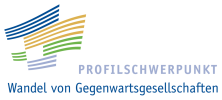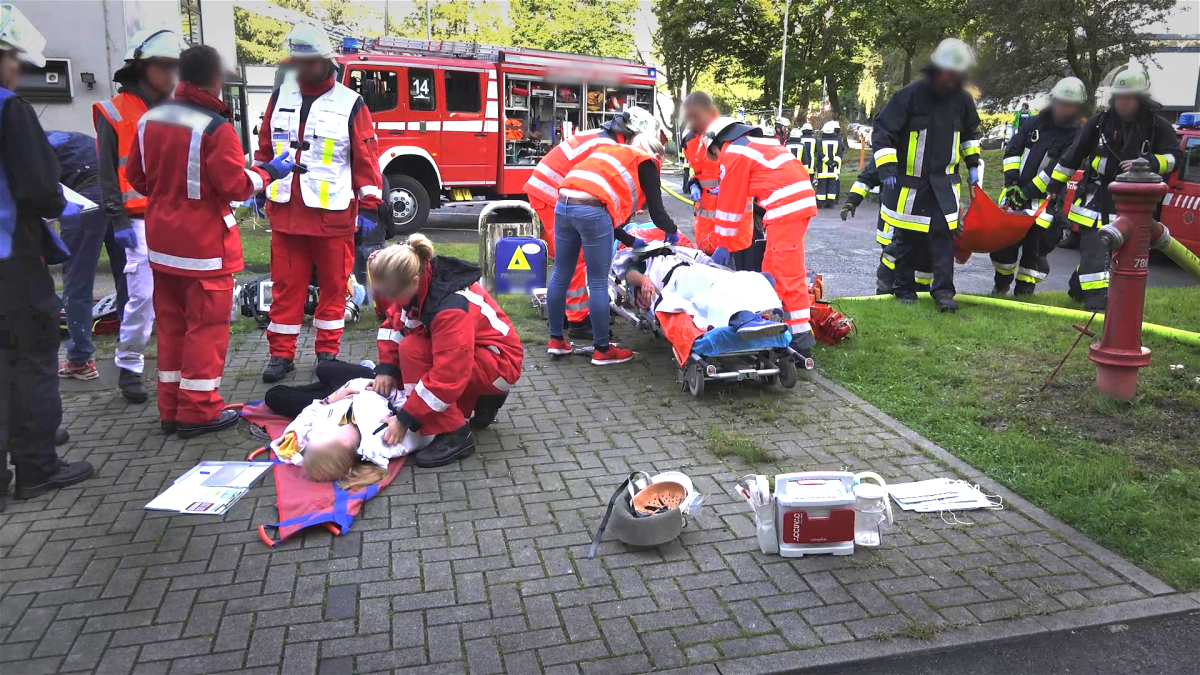Forschung & Projekte - Kommunikation in der Katastrophen-Medizin
06/2017 - 12/2020Communication and "professional vision" in disaster medicine. Changing the role of the emergency doctor in a crisis.
In large-scale emergencies - such as bus crashes, attacks or the Duisburg Love Parade 2010 - many people require medical care at the same time. In order to cope with such a 'mass casualty incident' (MANV), various rescue forces with different professional and institutional backgrounds (fire brigade, doctors, paramedics, aid organisations, police ...) work in close cooperation with each other. This results in a highly complex and mobile interaction structure with often more than 100 actors involved, a wide variety of dynamic constellations and a multitude of parallel activities. In addition, there is the coexistence of specific 'professional visions' (Goodwin 1994), e.g., in the team responsible for the coordination of the rescue forces, the 'organisational head of the fire brigade (OrgL) & leading emergency physician (LNA)'. Professional roles also change depending on the situation. For example, an emergency doctor in an MANV is not concerned with the immediate treatment of a patient in view of the temporary shortage of supplies (individual medicine), but rather carries out a 'triage' of the injured with the determination of treatment priorities (disaster medicine).
The aim of this start-up project is to collect a corpus of multi-perspective interaction data from authentic training situations of various MANV exercises. In order to capture the complexity of the interaction, the exercises are documented by means of time-synchronised recordings from multiple (currently up to 14) video cameras, several (currently up to 4) mobile eye-tracking glasses, a drone camera and radio communication. In interdisciplinary cooperation (Prof Dr. B. Tolg, HAW), movement data of the participants are also recorded. The data collection includes the given situation at the scene of the accident, in the treatment area as well as the handover of injured persons in the emergency room.
Publications
- Pitsch, K., Bachmann, P., & Dudda, M. (2020). ‚Triage‘ in Mass Casualty as Situated Interaction. Algorithm and Participation. In: ECSCW 2020, Siegen. [DOI]
Funded by:
Start-up funding for data collection - profile focus "Change in Contemporary Societies", UDE

Project team:
Academic Team
In cooperation with:
Essen Fire Brigade
- Peter Bachmann, Fire Protection/ Rescue Service
University Hospital Essen
- Prof. Dr. Marcel Dudda, Klinik für Unfall-, Hand- und Wiederherstellungsmedizin
- Dr. Stefanie Merse (Co-PI; at project start)
HAW Hamburg
- Prof. Dr. Boris Tolg, Department Medizintechnik; SIMLab


